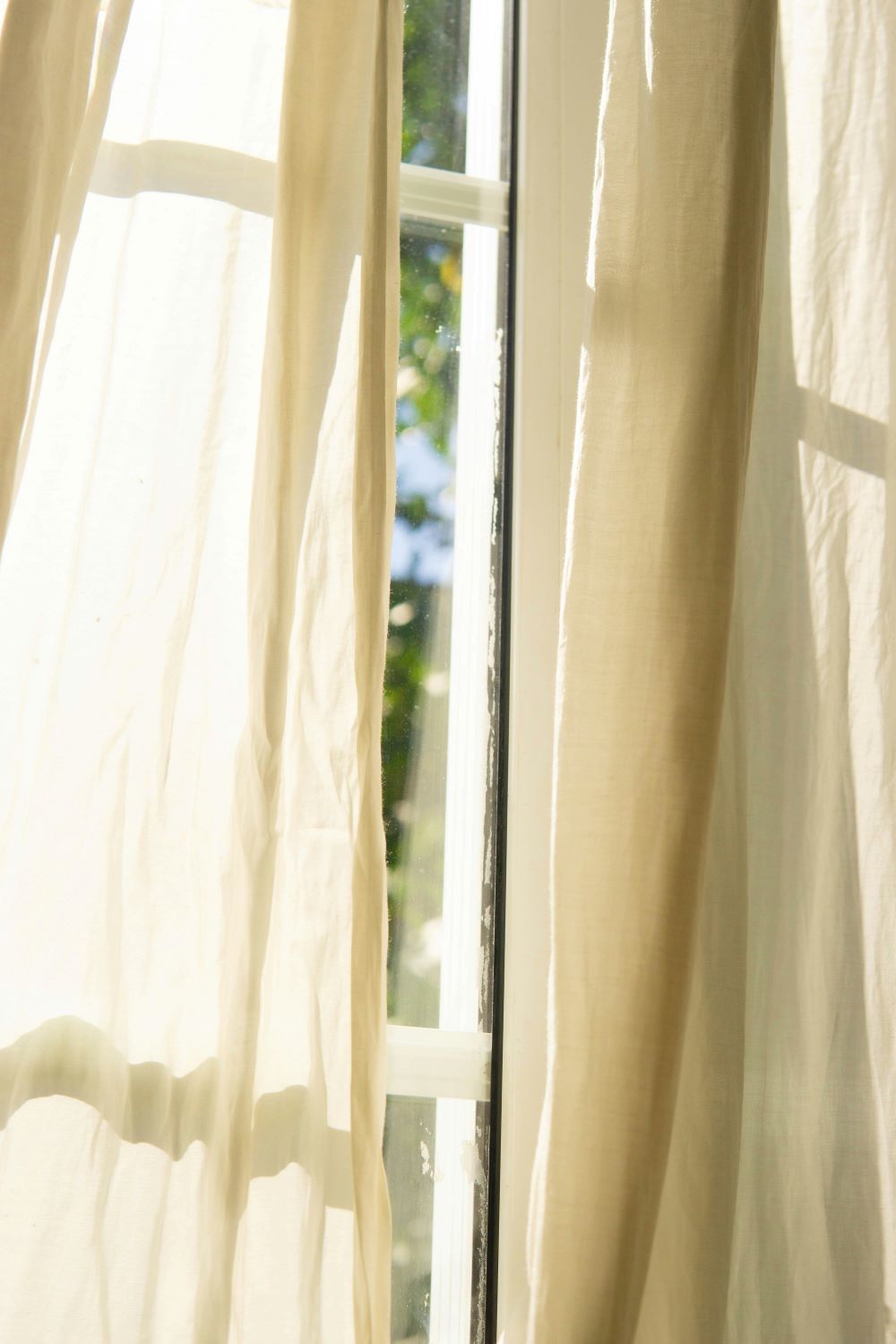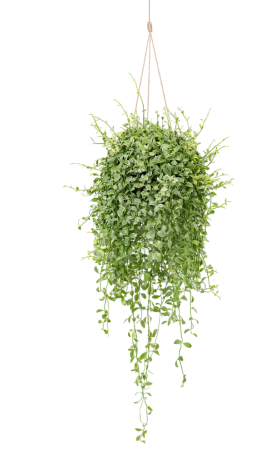Are there air-purifying window curtains?

Air sealing is good. When the air outside is dangerously polluted, you’ll want a good tight seal on your home’s envelope in order to keep the nasty stuff out and selectively add purified fresh air. But what about those days when you’re stuck inside, the air quality is so-so and you want to throw open the windows? We have a filtering window screen material for that, but screens don’t add ambience to a room. Several companies have come up with curtains that purify the air, too.
Curtain Fresh Odor Neutralizing Window Curtains by Arm and Hammer employ a photo catalytic process that converts unpleasant odors into water vapor and carbon dioxide. This process causes airborne pollutants and odorous substances to degrade and neutralize. Independent third-party testing shows that Curtain Fresh curtains continuously neutralize odors and retain their properties for up to five years, allowing for one washing per year. The air-purifying coating is not disclosed, but it’s likely to be titanium dioxide, TiO2.
A House of Happiness is a company based in the Netherlands with a long tradition of design. Their Air-Purifying Curtains use organic and natural minerals as catalysts, which are commonly found in nature, e.g. natural salts, organic salt complexes, etc. The curtains are 100% polyester, partly made from recycled PET bottles, and four several formulations called Refresh, Aireca, Bouclight and Fresh that remove and break down volatile pollutants from the air. The first three do this 24/7 in light or darkness, while Fresh requires sunlight or artificial light to activate (probably using titanium dioxide, it’s particularly suited for southwest facing windows). The coatings on the curtains have proven effective over at least 20 washes. The company also offers a line of antibacterial curtains which deactivate fungi and bacteria within 24 hours, which the company claims are safe to touch and wash as well. These curtains are sold through dealers and designers, so if you don’t have a designer it’s best to contact the company directly for inquiries.
These sound like super innovations, but check out what happened when Ikea launched Gunrid, an air-purifying curtain coated with TiO2, in 2019. Although it was widely publicized as a game-changer for indoor air quality, the company later withdrew the product because “the functionality was not as effective as expected”. An article by The Guardian raised the question of human and environmental safety as the nanoparticle TiO2 coating was washed and possibly inhaled.
Hmmm…it seems there are some unknowns when applying even “natural” coatings on flexible fabrics like curtains, and although polyester can be recycled, it can produce nanofibers and microplastics when exposed to UV light (sunlight) over time, which are released during cleaning. (Formation of nanoparticles during accelerated UV degradation of fleece polyester textiles) What about regular curtains? How can they be used to purify the air? It turns out that curtains, when positioned over open windows, naturally filter the incoming air. What do they take out?
-
Dust: if you live in a dry, dusty environment, curtains are sure to pick up dust.
-
Pollen: different types of pollen peak at different times of the year
-
Pollution from roadways: Depending on the fabric weave tightness, the curtains may trap PM10, PM2.5, and some even finer particulates from brake dust, tire wear and combustion products.
-
Bacteria and other microbes: if your home is located near a farm, food processing plant or wastewater treatment plant, the smells coming in your windows are likely associated with bacteria and other microbes.
-
Mold: If you live in a shady, wooded area, outdoor mold spores can come into your home freely through an open window.
-
Smoke: Weekend barbeques and wildfire smoke both contain smelly and carcinogenic particulates.
Whew! These sound…dirty. If you can’t remember the last time you cleaned your curtains, then now is the time.
-
Once a week: vacuum the curtains using a HEPA vacuum with extension
-
Every 3-6 months: wash/clean the curtains. Many curtains, especially synthetic fabrics, are DIY washing machine friendly; just take them down, read the care label and wash them appropriately on a gentle cycle with gentle detergent; you may even be able to hang them back up while damp to let them dry on the rod! Some fabrics and treatments, however, are not washing-machine friendly, so it’s best to send these to an eco-friendly dry cleaner.
If your home survived a nearby wildfire or urban fire, sometimes the smoke air pollutants become permanently bonded to the fabric of curtains (and other soft furnishings). If you still notice a smell after trying to clean them, it’s best to replace them.
Sometimes the best solution is what you already have: regular curtains and more frequent cleaning for DIY air purification!






